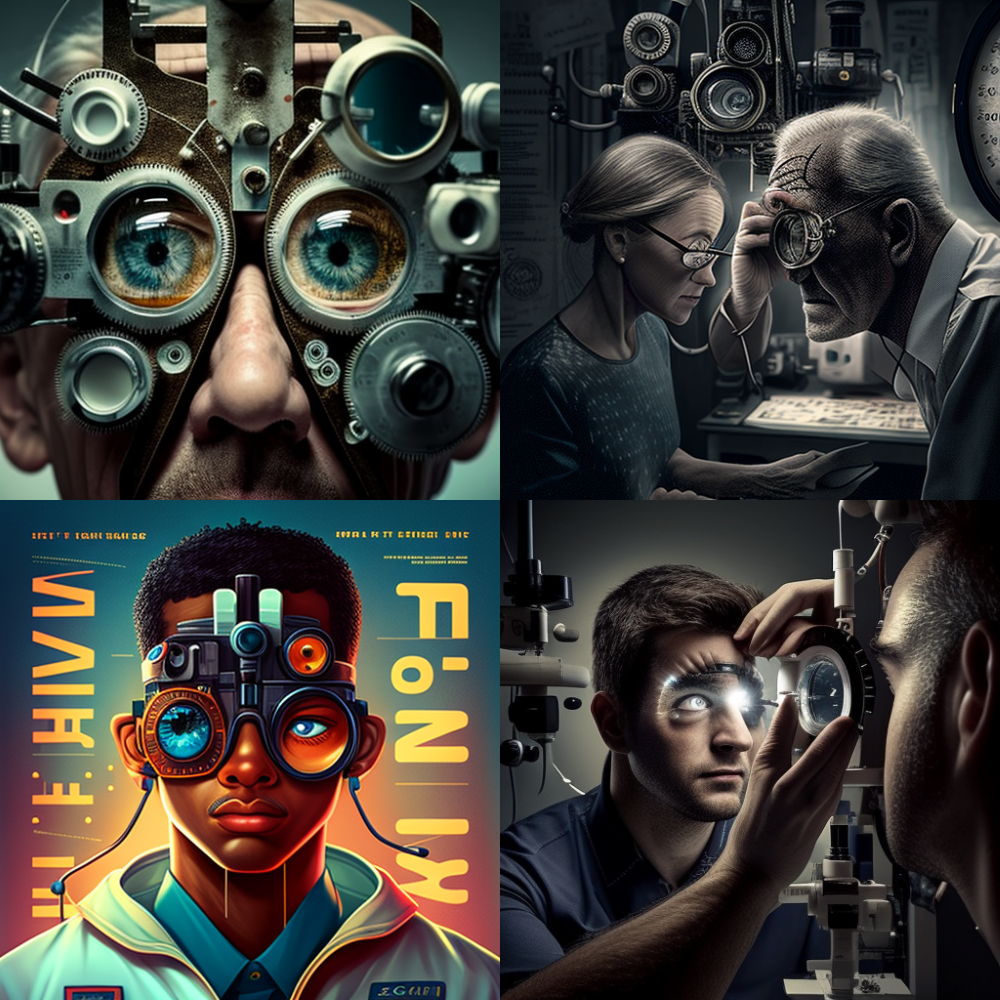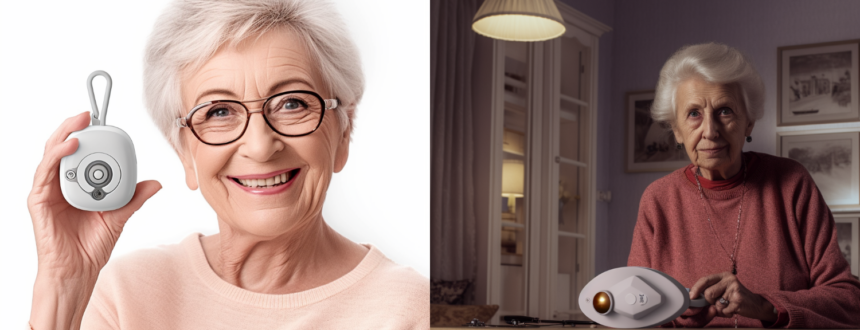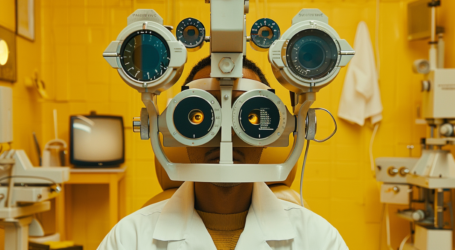10 Things You Need to Know About Presbyopia and Its Treatment
Presbyopia is an inevitable part of aging that affects the eyes’ ability to focus on close objects. As a common condition among those over 40, understanding presbyopia and its treatment options can significantly enhance one’s quality of life. Here are ten essential things you need to know about presbyopia and how it can be managed.
1. What is Presbyopia?
Presbyopia is an age-related condition characterized by the gradual loss of the eye’s ability to focus on nearby objects. The term “presbyopia” is derived from Greek, meaning “old eye.” It occurs as the lens of the eye becomes less flexible over time, making it harder to focus on close objects. Unlike other vision issues, presbyopia is not caused by the shape of the eyeball but by the hardening of the lens.
2. Symptoms of Presbyopia
The hallmark symptom of presbyopia is difficulty reading small print or seeing objects up close. Common signs include:
- Holding reading materials at arm’s length.
- Blurry vision at normal reading distance.
- Eye strain or headaches after prolonged close-up tasks.
- Difficulty reading in low light.
These symptoms often become more pronounced when performing tasks that require close vision, such as reading, sewing, or using a smartphone.
3. Causes of Presbyopia
Presbyopia is primarily caused by the gradual thickening and loss of flexibility of the eye’s lens. This process begins in childhood but usually becomes noticeable in the early to mid-40s. The exact mechanisms involve changes in the proteins within the lens, which cause it to harden and lose its shape-shifting ability. Age-related changes in the muscle fibers surrounding the lens also contribute to presbyopia.
4. Diagnosis of Presbyopia
A comprehensive eye examination by an optometrist or ophthalmologist is required to diagnose presbyopia. The examination typically includes:
- Visual acuity tests to measure the clarity of your vision at different distances.
- Refraction tests to determine the correct lens prescription.
- Examination of the overall health of the eyes.
Regular eye exams are vital, especially after the age of 40, to detect presbyopia and other potential eye issues early.
5. Non-Surgical Treatment Options
There are several non-surgical options to manage presbyopia effectively:
- Eyeglasses: Reading glasses are the simplest solution for presbyopia. Bifocals, trifocals, and progressive lenses provide multiple focal points to aid in seeing at various distances without needing multiple pairs of glasses.
- Contact Lenses: Options include multifocal contact lenses, which provide multiple focusing distances, and monovision contact lenses, where one eye is corrected for distance and the other for near vision.
- Magnifying Glasses: Handy for detailed tasks like reading small print or doing intricate work.
6. Surgical Treatment Options
For those seeking a more permanent solution, surgical options are available:
- Refractive Surgery: Procedures such as LASIK and PRK can be customized to create monovision, correcting one eye for near vision and the other for distance.
- Lens Implants: Refractive lens exchange (RLE) involves replacing the natural lens with a multifocal intraocular lens (IOL), which can correct presbyopia.
- Corneal Inlays: A small device is implanted into the cornea to improve near vision by reshaping the cornea.
7. Emerging Treatments and Research
Research into presbyopia treatments is ongoing, and new methods are continually being developed:
- Pharmaceuticals: Eye drops that temporarily improve near vision by enhancing the eye’s focusing ability are being tested. These drops stimulate the ciliary muscle, aiding in lens flexibility.
- Advanced Contact Lenses: Innovations include contact lenses that can dynamically adjust focus, closely mimicking the natural accommodation of a young lens.
- Laser Technologies: New laser procedures aim to improve presbyopia with greater precision and fewer side effects than current methods.
8. Lifestyle and Home Remedies
Several lifestyle adjustments and home remedies can help manage presbyopia:
- Adequate Lighting: Good lighting conditions can reduce eye strain and make it easier to see fine details.
- Regular Breaks: Following the 20-20-20 rule—taking a 20-second break to look at something 20 feet away every 20 minutes—can alleviate eye fatigue.
- Healthy Diet: Consuming a diet rich in vitamins A, C, E, and omega-3 fatty acids supports overall eye health.
- Eye Exercises: Simple exercises can help maintain the flexibility and strength of the eye muscles.
9. Living with Presbyopia
Adapting to life with presbyopia involves some adjustments, but many find a combination of treatments works best. For instance, they might use reading glasses for close tasks, multifocal contact lenses for everyday use, and ensure good lighting to minimize eye strain. Staying informed about new treatments and technologies can help individuals manage presbyopia more effectively and maintain their quality of life.
10. Consulting with Eye Care Professionals
The most effective way to manage presbyopia is by consulting with an eye care professional who can provide personalized recommendations. Regular check-ups are essential to monitor the progression of presbyopia and make necessary adjustments to your treatment plan. If you experience symptoms of presbyopia, schedule an appointment with an optometrist or ophthalmologist to discuss your options.
Presbyopia is a natural part of aging that affects everyone eventually. Understanding its symptoms, causes, and treatment options can help individuals manage their vision changes effectively. Whether through non-surgical methods like eyeglasses and contact lenses, surgical procedures, or emerging treatments, there are numerous ways to address presbyopia and maintain a good quality of life. Regular eye exams and consultations with eye care professionals are crucial in ensuring that presbyopia is managed effectively and that any other age-related eye conditions are detected early. By staying informed and proactive, you can navigate the challenges of presbyopia and continue to enjoy clear vision as you age.










